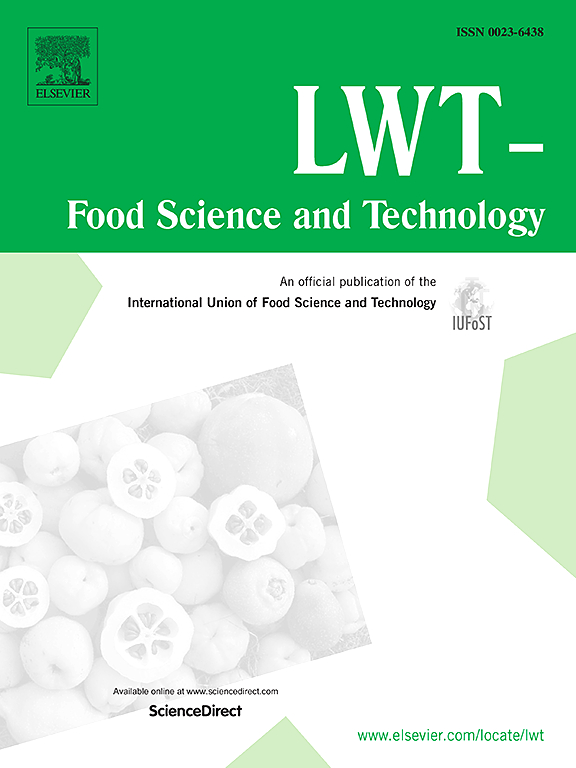A feasibility study on Oat concentrates as a single source of protein for production of meat analogues
IF 6
1区 农林科学
Q1 FOOD SCIENCE & TECHNOLOGY
引用次数: 0
Abstract
Production of meat analogues via extrusion using pulses as the primary protein source is well-established. This study showcases the processability of oat protein concentrates (OPC) as a single source of protein in low (LME) or high (HME) moisture extrusion. Three OPC types with different processing history (two from dry-fractionation and one from a combination of milling and wet treatment), and protein to starch ratio (P:S 1.0, 1.8 and 2.6) were tested. Powder characteristics and processability, functional, textural, and structural properties of the extrudates were evaluated. Dry-fractionation of oats with higher protein content in dehulled, flaked, and defatted oat grain favored higher protein concentration during air-classification. Low moisture extruded OPC with lower P:S formed a more porous structure at lower moisture content as compared to OPC with higher P:S. Total porosity in LME positively correlated (r = 0.98) with rehydration ability. High moisture extruded OPC with low P:S ratio (1.0) increased textural strength, while higher P:S (2.6) increased apparent fibrousness observed visually and in micro-CT-scan images. The findings demonstrate the potential of using oat protein as single ingredient and highlight the influence of fractionation type and powder composition on techno-functional properties of the protein concentrates and hence the structural formation of meat analogues.
求助全文
约1分钟内获得全文
求助全文
来源期刊

LWT - Food Science and Technology
工程技术-食品科技
CiteScore
11.80
自引率
6.70%
发文量
1724
审稿时长
65 days
期刊介绍:
LWT - Food Science and Technology is an international journal that publishes innovative papers in the fields of food chemistry, biochemistry, microbiology, technology and nutrition. The work described should be innovative either in the approach or in the methods used. The significance of the results either for the science community or for the food industry must also be specified. Contributions written in English are welcomed in the form of review articles, short reviews, research papers, and research notes. Papers featuring animal trials and cell cultures are outside the scope of the journal and will not be considered for publication.
 求助内容:
求助内容: 应助结果提醒方式:
应助结果提醒方式:


